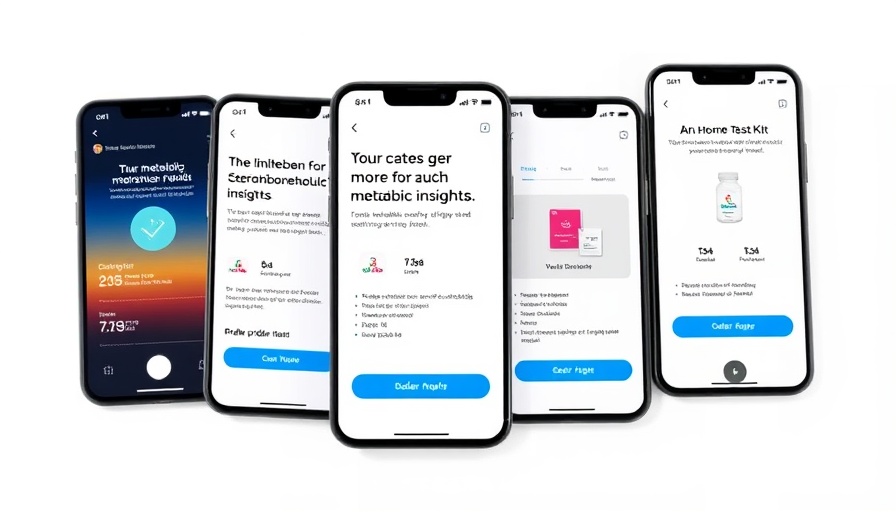
Unlocking Better Health: The Significance of Teladoc's New Program
Teladoc Health has recently introduced a transformative Cardiometabolic Health Program designed to put a stop to the rising tide of diabetes, hypertension, and obesity. This initiative not only aims to enhance overall health but also encourages proactive measures towards lifestyle changes, which are crucial in today's fast-paced world.
How Teladoc's Program Supports Patients
The Cardiometabolic Health Program centers around individualized care and includes features like the BetterSleep app, which focuses on enhancing sleep quality—an often overlooked aspect of overall health. Registered dietitians and health coaches will work with patients on a one-to-one basis to nurture healthier lifestyle choices. Moreover, at-home testing and health monitoring through connected devices is a game changer, allowing patients to track important metrics such as blood glucose levels from the comfort of their homes.
The Need for a Comprehensive Cardiometabolic Health Approach
According to research, only 12% of U.S. adults exhibit good cardiometabolic health, highlighting the urgent need for innovative solutions like Teladoc’s program. By addressing key risk factors, including weight management and blood sugar control, Teladoc’s approach not only targets specific diseases but also prioritizes a more holistic view of health.
Core Principles Behind the Initiative
Notably, the program is influenced by the American Heart Association’s Life’s Essential 8, which lays out critical measures linked to cardiovascular well-being. This encompasses a wide range of lifestyle changes such as improving diet, increasing physical activity, and managing cholesterol levels.
Looking Ahead: The Future of Digital Health Innovations
The launch of this program may serve as a catalyst for other healthcare tech providers to broaden their service offerings. As digital health innovations continue to evolve, Teladoc's focus on a comprehensive cardiovascular approach sets a significant precedent in the industry, urging both patients and providers to rethink healthcare delivery.
 Add Row
Add Row  Add
Add 




Write A Comment